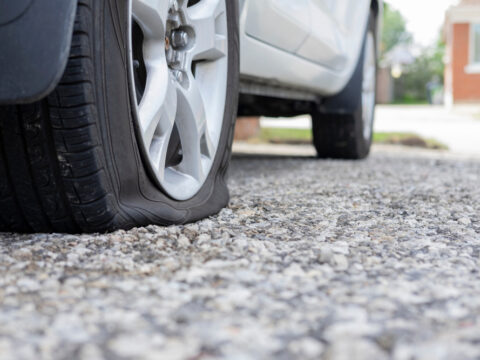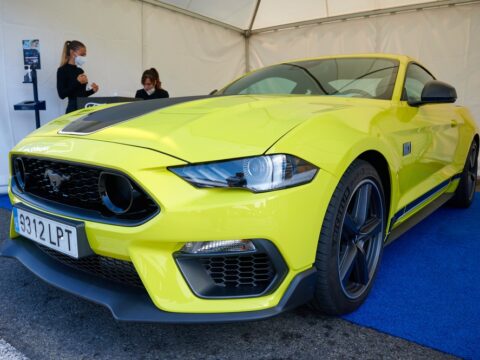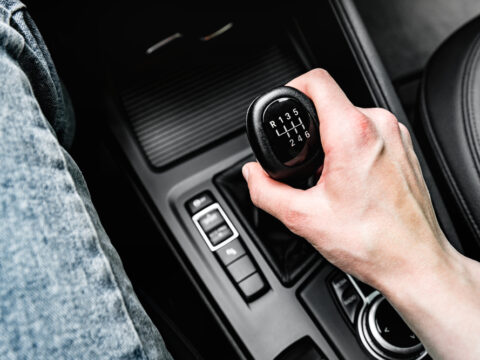When it comes to convertibles, not all models stand the test of time. Some have seen their value plummet after being discontinued, leaving owners with vehicles that are worth far less than expected. In this article, we’ll explore 17 convertibles that, despite their initial appeal, failed to maintain their value in the long run.
Contents
Chrysler Sebring Convertible
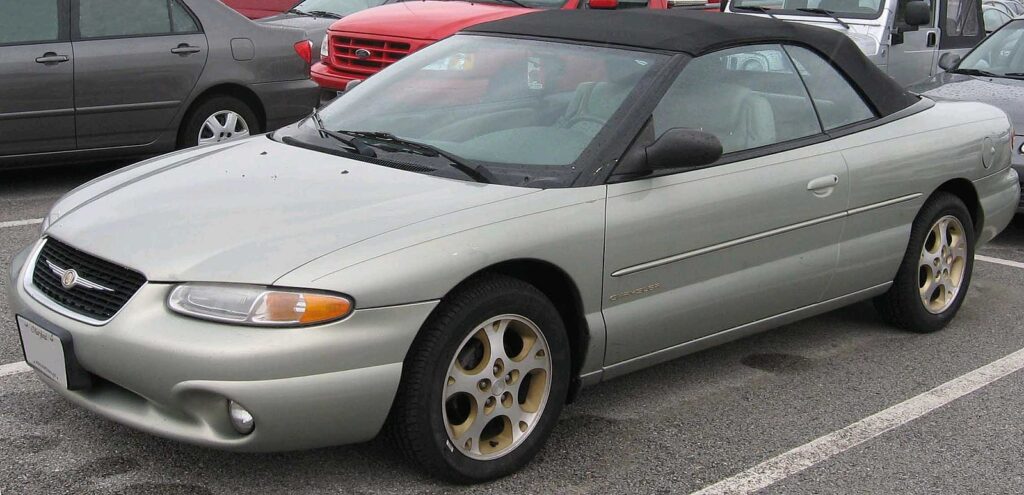
The Chrysler Sebring Convertible quickly lost value due to its outdated design and mediocre performance. It was often overshadowed by more refined competitors, and its frequent mechanical issues only added to the problem. Moreover, the car’s interior was plagued by cheap materials, which did little to inspire confidence among buyers. As a result, the Sebring became less desirable, leading to significant depreciation.
Pontiac G6 Convertible
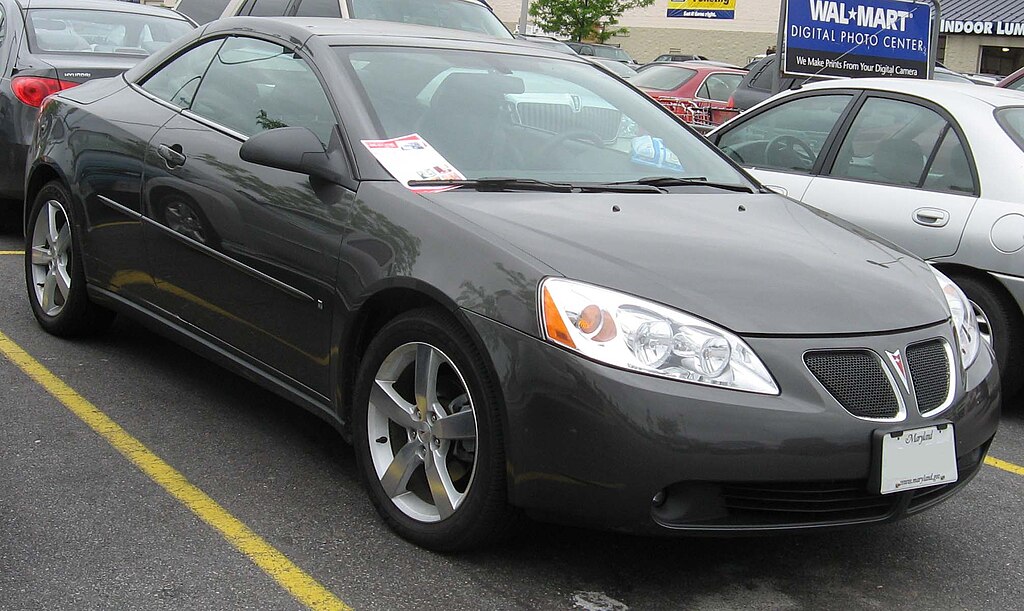
The Pontiac G6 Convertible’s value plummeted after Pontiac was discontinued in 2010. Though it had decent styling, the G6 was marred by reliability problems and a lackluster driving experience. The discontinuation of the Pontiac brand only worsened its resale prospects, as buyers became wary of future parts and service availability. Consequently, the G6 quickly became a tough sell in the used car market.
Volkswagen Eos
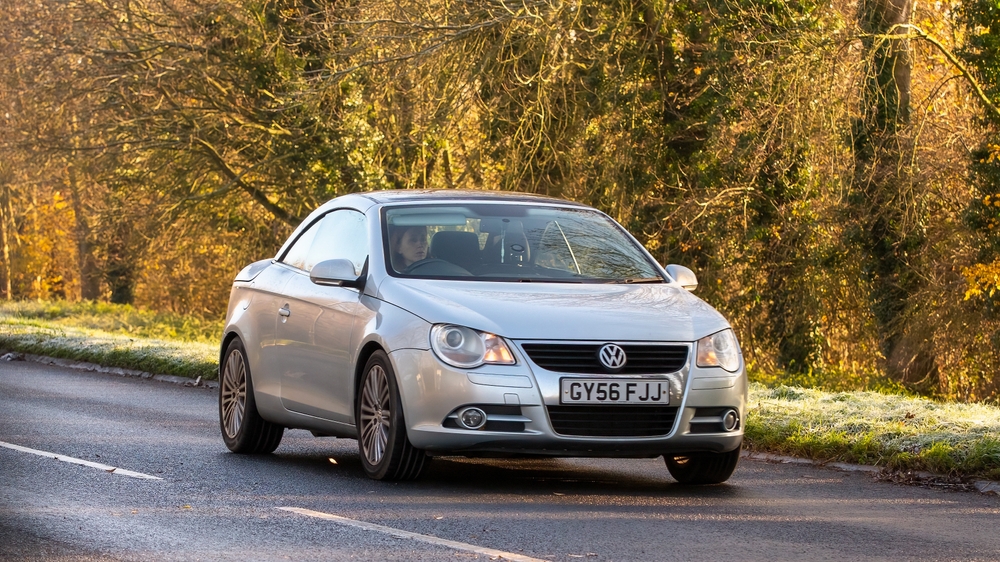
The Volkswagen Eos, with its innovative retractable hardtop and integrated sunroof, struggled to maintain value due to its high repair costs and complex roof mechanism. Despite these unique features, the Eos failed to distinguish itself within Volkswagen’s lineup. Its niche appeal and relatively high initial cost further contributed to its rapid depreciation.
Mitsubishi Eclipse Spyder
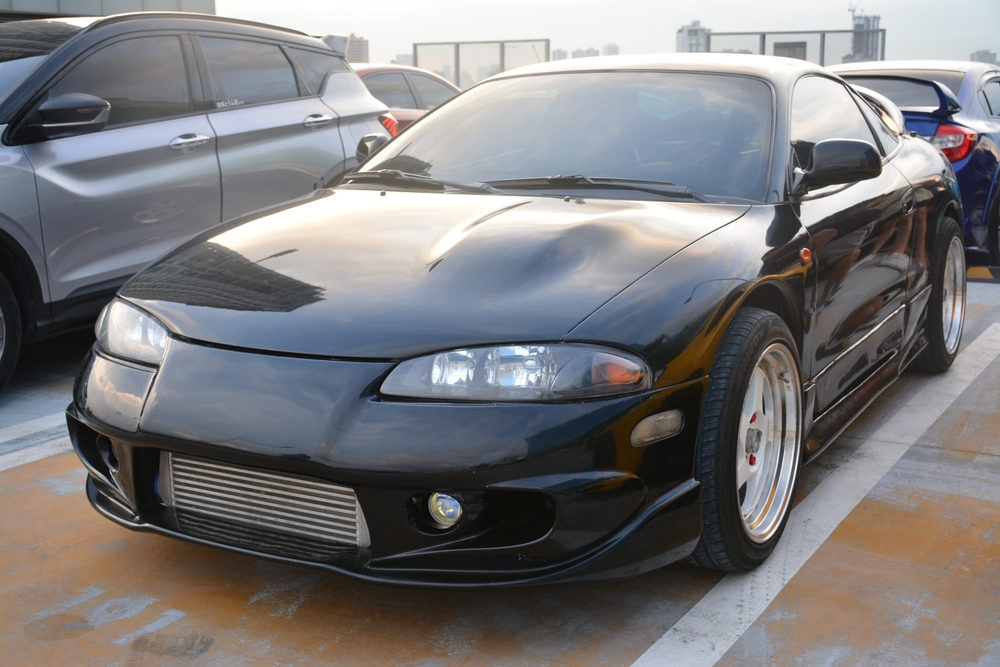
The Mitsubishi Eclipse Spyder was initially popular, but it couldn’t sustain its value as the years went by. An aging platform and a lack of significant updates made it less competitive against newer models. Additionally, the declining popularity of the Mitsubishi brand in the U.S. further accelerated its depreciation. As a result, the Spyder became a less appealing option for buyers seeking value retention.
Saab 9-3 Convertible
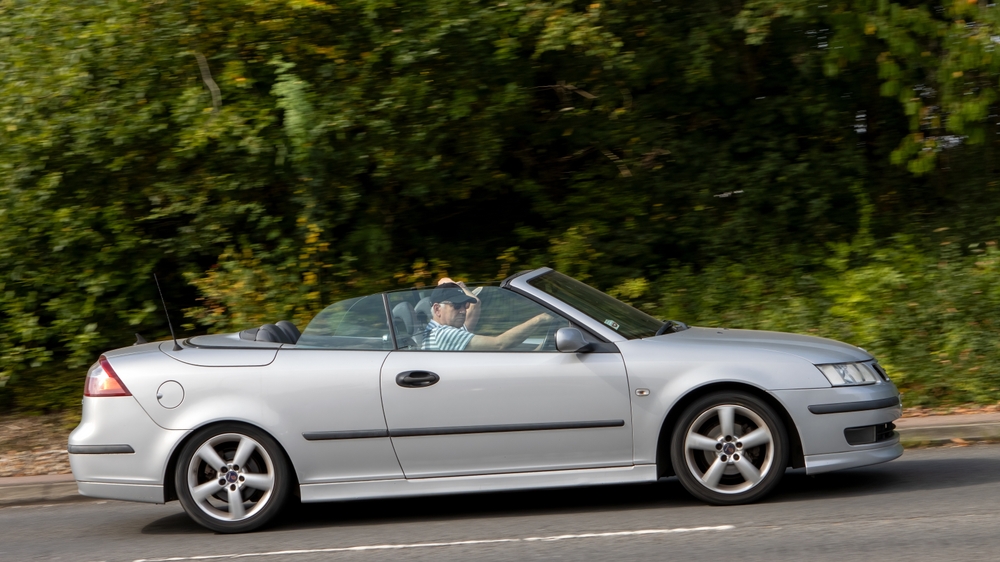
Following Saab’s bankruptcy in 2011, the Saab 9-3 Convertible’s value dropped sharply. Although the car had a loyal fanbase, the uncertainty surrounding parts availability and service turned potential buyers away. The 9-3’s quirky design, combined with the brand’s demise, made it a risky investment. This led to significant depreciation, leaving the 9-3 Convertible struggling to find a place in the used car market.
Chevrolet SSR
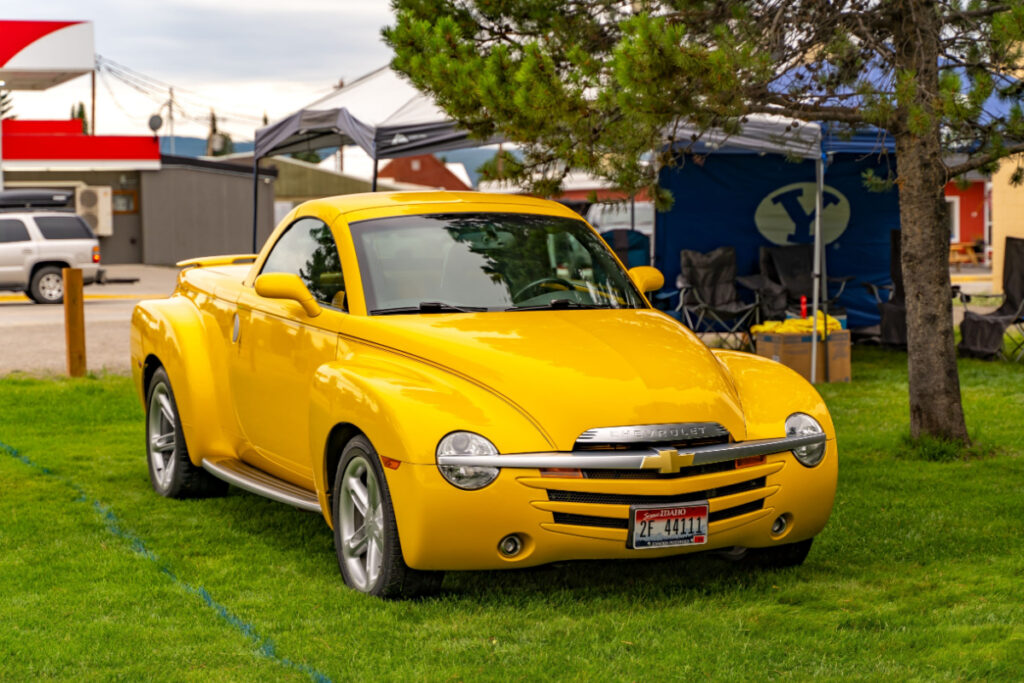
The Chevrolet SSR, with its blend of pickup and convertible features, struggled to find a clear identity, which hurt its resale value. Despite its retro styling, the SSR’s heavy weight and underwhelming performance failed to live up to expectations. Its niche appeal meant that it didn’t resonate with a broad audience, leading to sluggish sales. Over time, the SSR’s value declined rapidly as it became less desirable.
Ford Thunderbird (2002-2005)
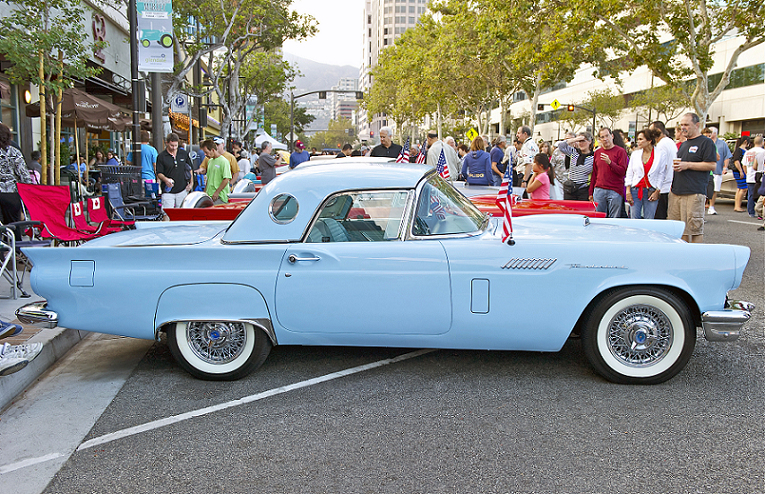
The early 2000s revival of the Ford Thunderbird failed to capture the essence of its iconic predecessors. Although it sported a retro design, the car’s high price, lackluster performance, and limited features didn’t appeal to a wide audience. Ford’s decision to discontinue the model only hastened its depreciation. Ultimately, the Thunderbird became a less attractive option for collectors and buyers alike.
Chrysler Crossfire Roadster
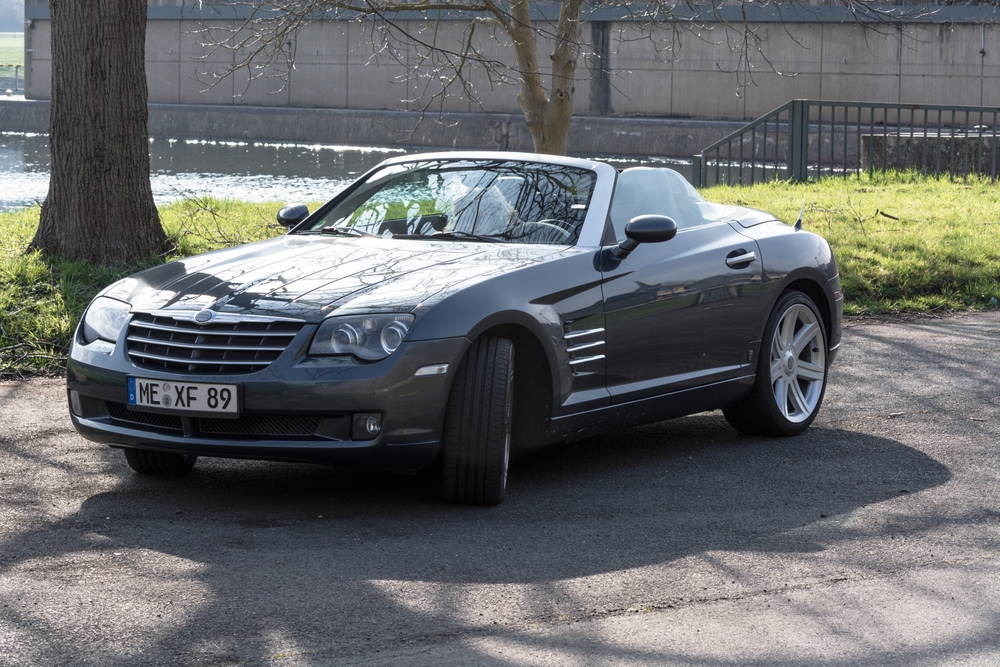
The Chrysler Crossfire Roadster, a mix of American design and German engineering, didn’t quite hit the mark. While its unique look drew attention, the car’s cramped interior and outdated platform were major drawbacks. Performance-wise, it couldn’t compete with rivals in the same segment. These factors, combined with Chrysler’s reputation for lower quality, led to a steep decline in its value.
Saturn Sky
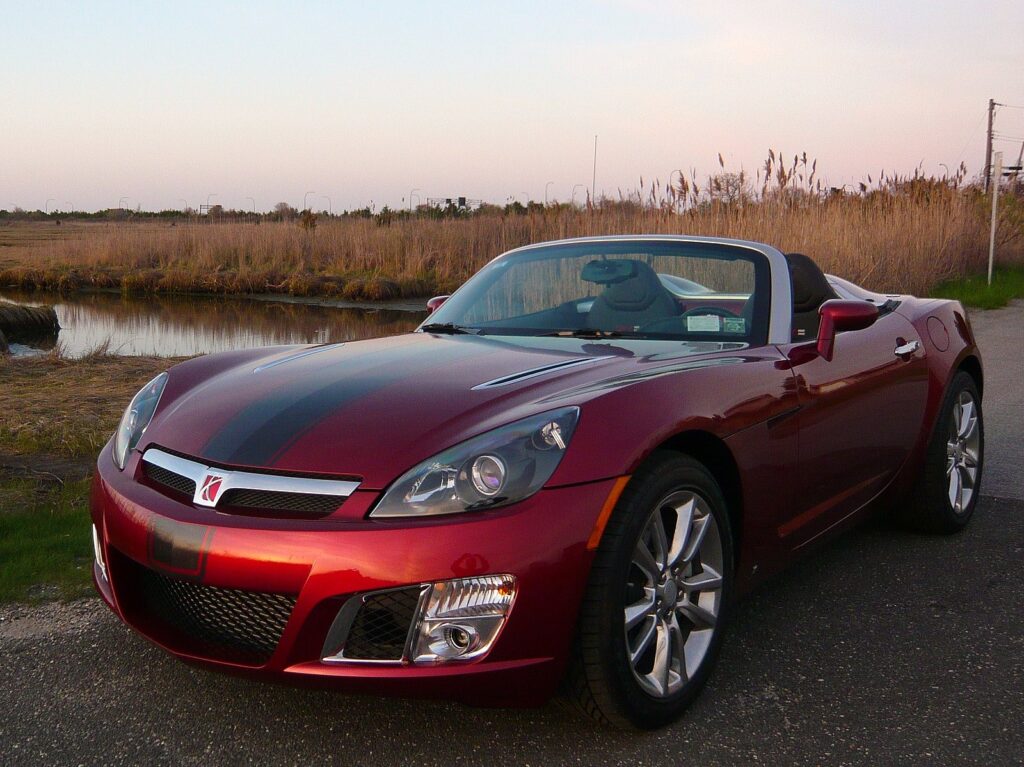
The Saturn Sky, known for its sharp styling and engaging driving dynamics, suffered from rapid depreciation due to the brand’s discontinuation in 2010. As Saturn exited the market, the Sky’s desirability waned, with potential buyers concerned about future parts and service availability. This uncertainty, coupled with limited production numbers, caused the Sky to lose value quickly. Despite its appeal, the Sky couldn’t maintain a strong presence in the used car market.
Toyota Solara Convertible
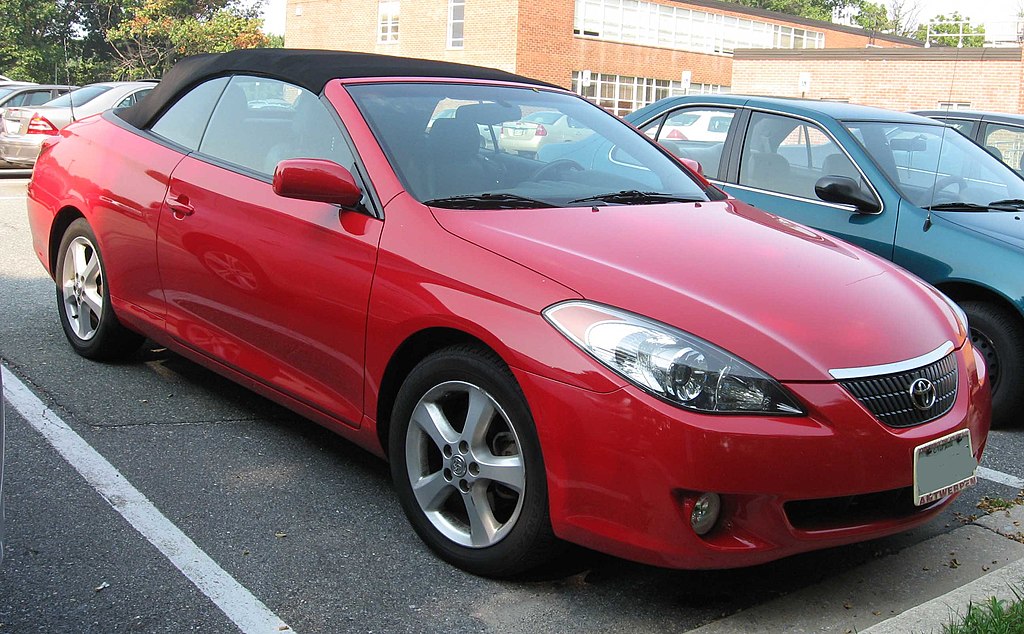
The Toyota Solara Convertible was reliable and comfortable, yet its bland styling and lack of excitement on the road led to poor resale value. Positioned as a more practical alternative to sportier convertibles, the Solara failed to build a passionate fanbase. Its image as a “safe” choice didn’t resonate with buyers seeking something more dynamic. Over time, this led to a rapid decline in its market value.
Cadillac XLR
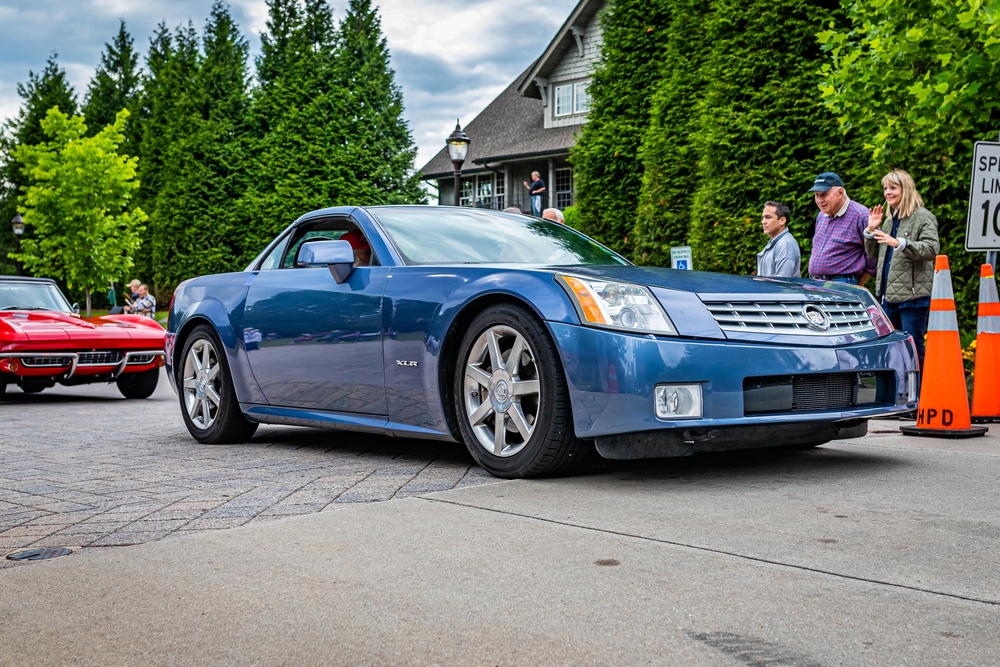
The Cadillac XLR, despite its luxury features and Corvette-based platform, struggled with high depreciation due to its steep price and unclear market positioning. It wasn’t fully embraced as either a luxury car or a sports car, which confused potential buyers. This niche appeal, combined with a high initial cost, contributed to its significant loss of value.
Volvo C70
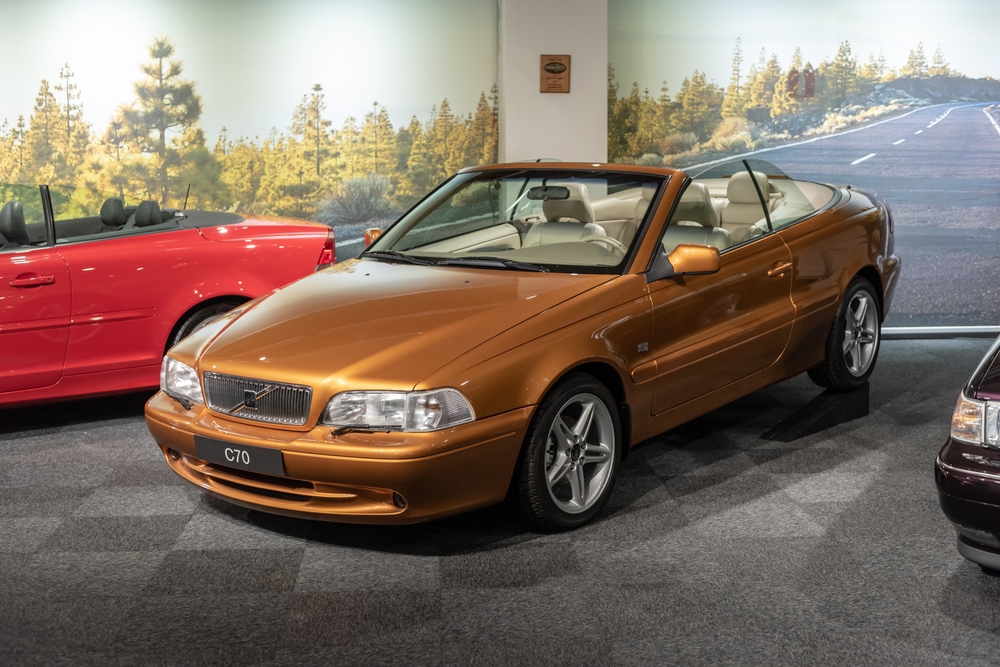
The Volvo C70 was a stylish and safe convertible, but it struggled with rapid depreciation due to high repair costs and a lack of prestige in the luxury convertible segment. While it was well-built and offered advanced safety features, the C70 didn’t stand out in terms of performance or luxury. This lack of a strong identity in a competitive market made it difficult for the C70 to hold its value.
Honda S2000
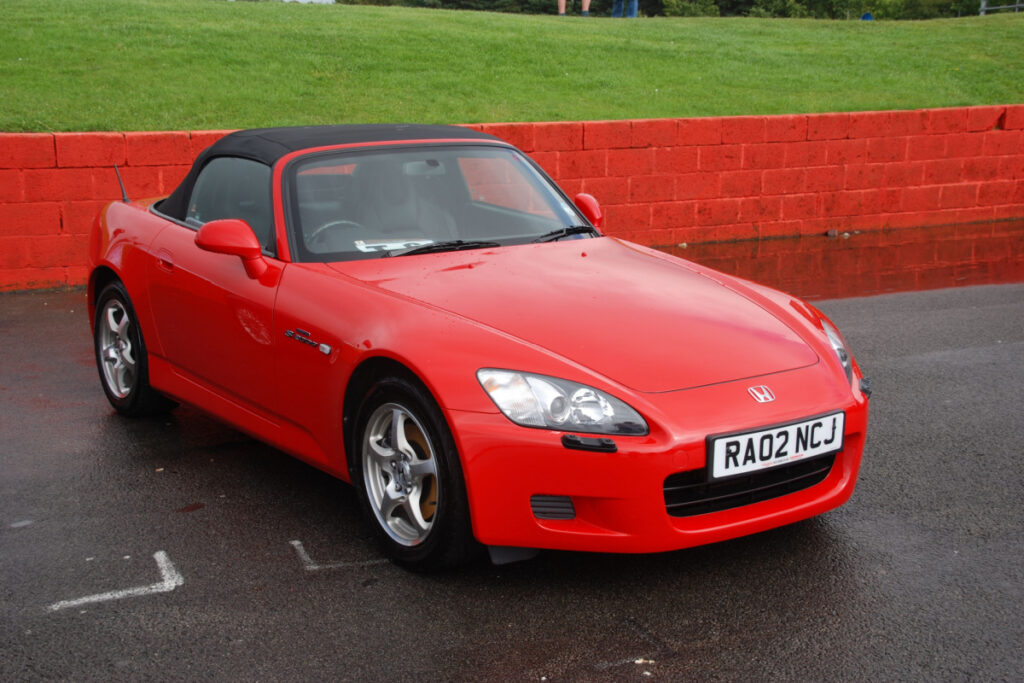
The Honda S2000 was beloved by enthusiasts for its high-revving engine and sharp handling, but it initially struggled with depreciation due to its niche appeal and the introduction of more modern alternatives. While the car has recently seen a resurgence in popularity, its early years were marked by a steep drop in value. Limited production numbers and the car’s departure from Honda’s lineup contributed to this trend. Today, it is more sought after, but its initial depreciation left a lasting impact.
Fiat 124 Spider
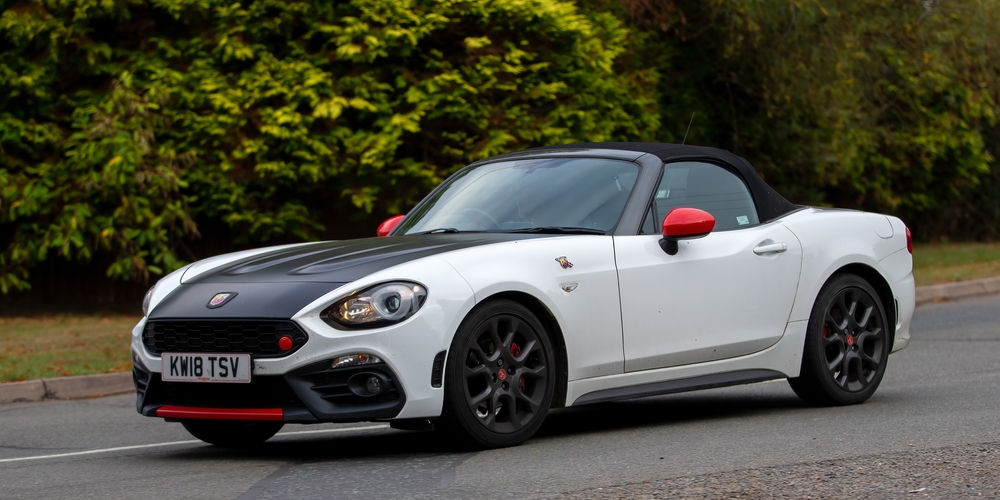
The Fiat 124 Spider, despite its Italian styling and shared platform with the Mazda MX-5, failed to retain value due to Fiat’s inconsistent presence in the U.S. market. Brand perception played a significant role, as buyers were wary of the potential for future service issues. Additionally, the 124 Spider didn’t differentiate itself enough from the MX-5, leading to a lack of strong identity.
Buick Cascada
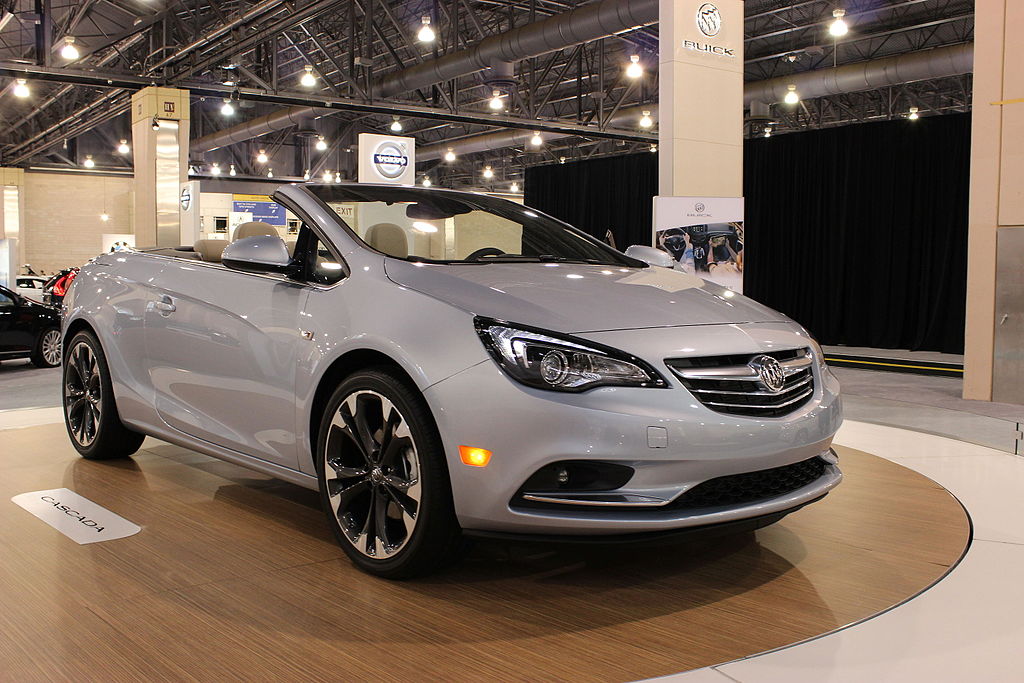
The Buick Cascada offered comfort and a well-equipped interior, but it failed to maintain value due to its lack of performance and a declining market for convertibles. As a niche model within Buick’s lineup, it didn’t resonate with a broad audience. The car’s soft ride and unremarkable design weren’t enough to attract enthusiasts, leading to rapid depreciation after its discontinuation.
Mini Cooper Roadster
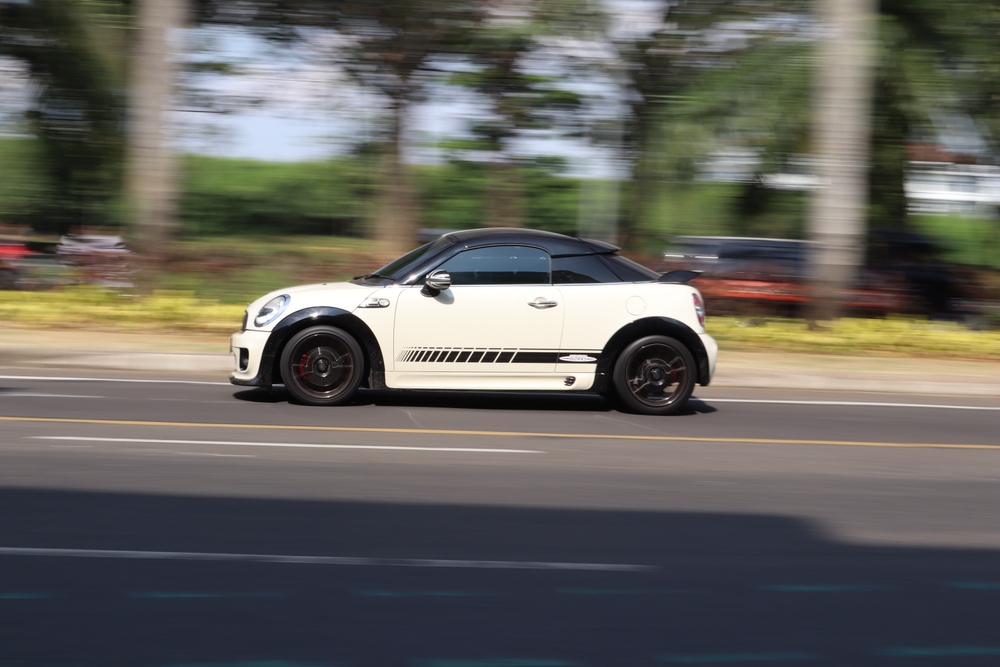
The Mini Cooper Roadster was fun and quirky, but its small size, limited practicality, and niche appeal led to poor resale value. Though it provided a spirited driving experience, the Roadster’s lack of versatility didn’t justify its price for many potential buyers. With Mini focusing on more popular models, the Roadster’s short production run contributed to its quick depreciation. Over time, its appeal faded, leaving it less competitive in the used car market.
Nissan 350Z Roadster
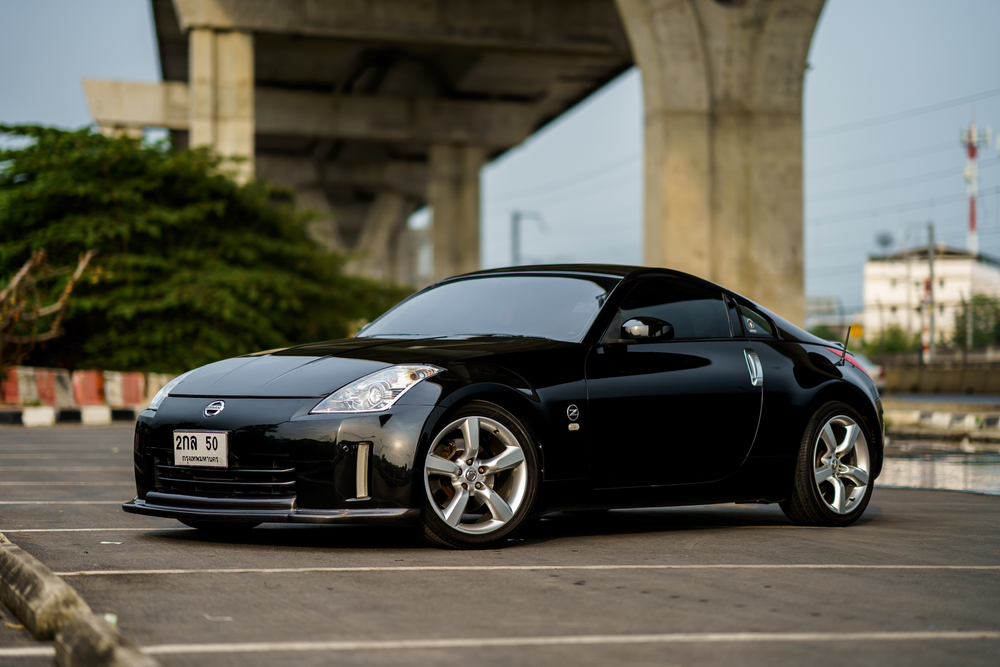
The Nissan 350Z Roadster was celebrated for its performance and styling, yet it struggled with depreciation due to its harsh ride, limited practicality, and high running costs. While it appealed to enthusiasts as a sports car, it fell short as a daily driver, which hurt its value over time. The introduction of the 370Z further diminished the 350Z’s appeal, causing a steep drop in its resale value.
This article originally appeared on MyCarMakesNoise.
More from MyCarMakesNoise
20 V8 Sports Cars That Vanished from the Spotlight
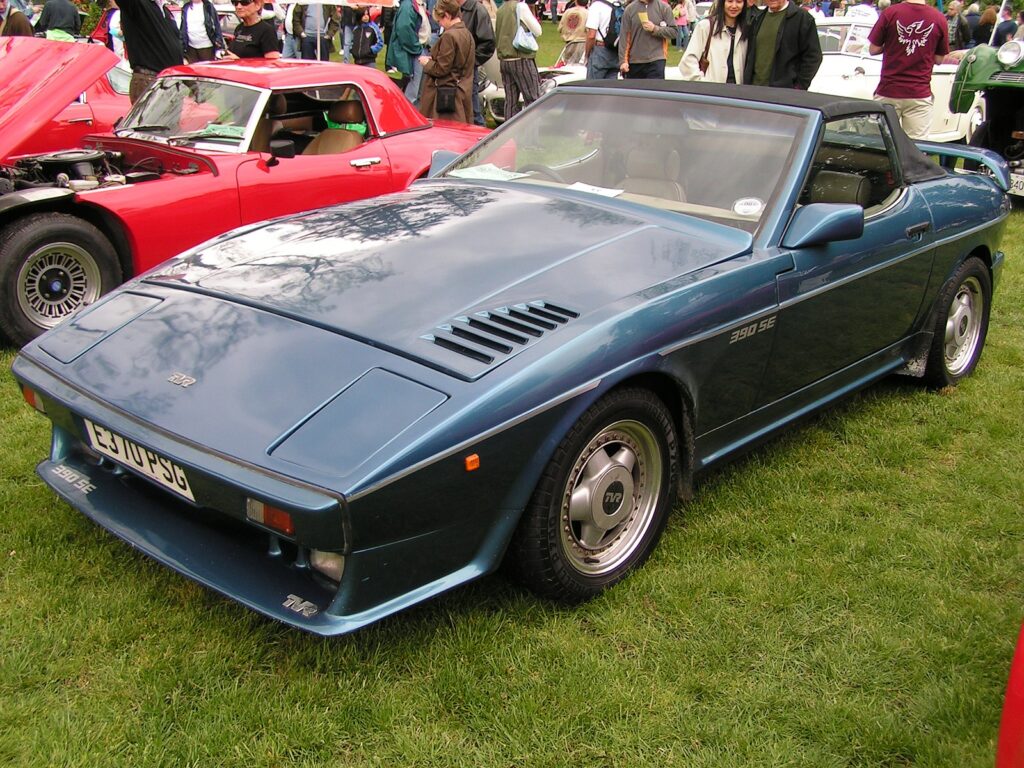
Not all sports cars achieve lasting fame, and some fade into obscurity despite their impressive performance and unique designs. In this article, we explore a selection of sports cars that have been largely forgotten over time. Read More.
15 Surprisingly Affordable Exotic Cars
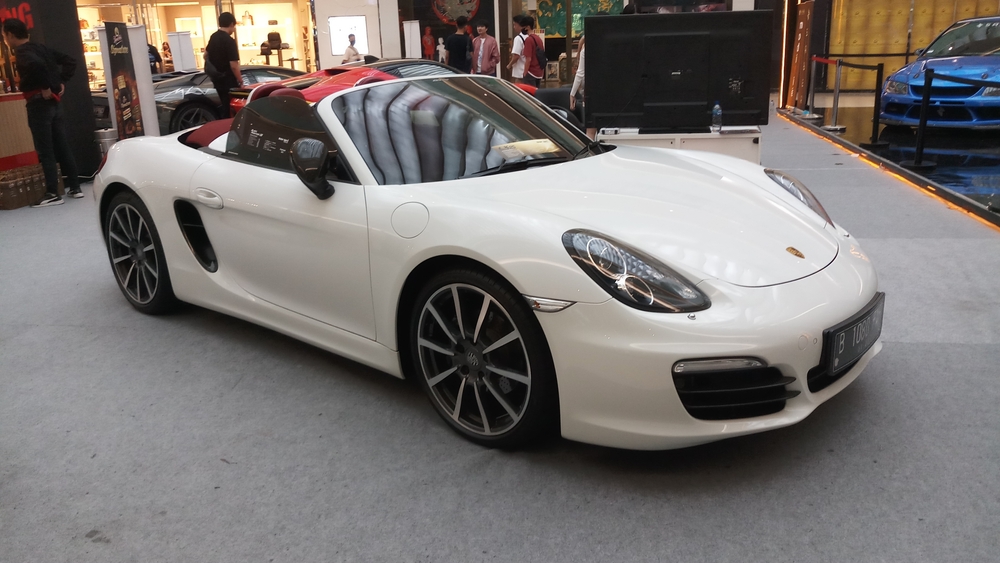
Exotic cars often evoke images of sleek designs, roaring engines, and, unfortunately, eye-watering price tags. However, the dream of owning a high-performance sports car doesn’t always have to come with a luxury cost. Read More.
10 Retro Agricultural Vehicles Still Used Today
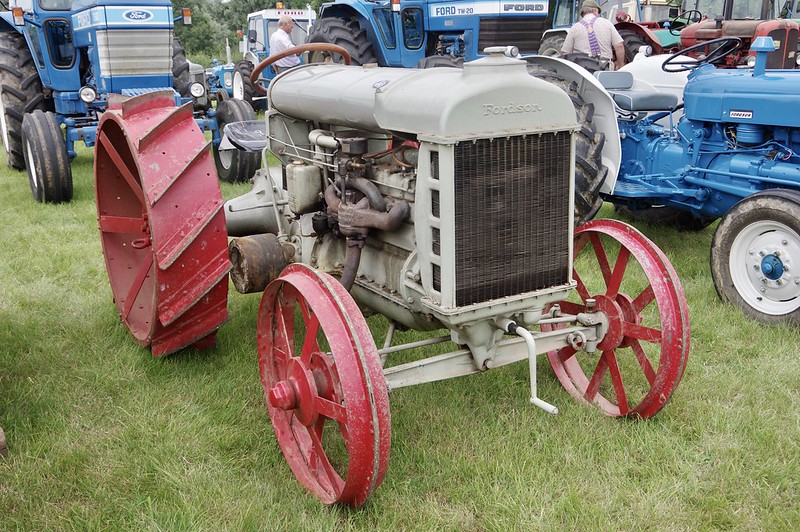
In the fast-paced world of modern agriculture, where technology reigns supreme, a surprising number of farmers still rely on retro agricultural vehicles. These machines, often decades old, continue to plow, plant, and harvest alongside their more technologically advanced counterparts. Read More.

